Finding the best epoxy resin depends on what you are creating, whether it is artwork, woodworking, or detailed craft projects.
Epoxy resin is known for its strength, high-gloss finish, and ease of use. It is suitable for everything from river tables to custom jewelry.
If you are looking for clear coats or creative applications, Resiners® offers high-quality kits designed for reliable, polished results.
In this guide, you will learn what to look for in a premium epoxy resin, how to choose the right one for your project, and why Resiners® stands out as a trusted maker brand.
Understanding Epoxy Resin
Resin epoxy is a highly versatile material used across a wide range of industries, from construction and repairs to crafts and fine art.
Understanding epoxy resin's different types and key properties can help you choose the right one for your specific project.
Key Properties of Epoxy Resin
Epoxy resin is valued for its strength and finish. Here are some of the most important features to consider:
- Strong adhesion – Bonds securely to wood, metal, plastic, fiberglass, and more.
- Durability – Resistant to water, chemicals, and wear, making it ideal for both decorative and functional use.
- Clarity – High transparency in certain resins makes them ideal for casting and coating.
- UV resistance – Helps protect against yellowing and fading when exposed to light.
- Non-blushing formula – Prevents surface haze or imperfections during curing, resulting in a smooth finish.
Knowing these features makes it easier to select a resin that meets your expectations for both performance and appearance.
Best Epoxy Resin Brand of 2025: Resiners®
Resiners® stands out as one of the top epoxy resin brands of 2025, trusted by beginners and experienced makers alike.
Known for its clarity, strength, and ease of use, Resiners® is designed to support a wide range of creative and functional projects.
What makes Resiners® a top choice:
- Crystal-clear finish: This high–gloss, transparent surface enhances the look of artwork, jewelry, and DIY projects.
- Bubble-resistant formula – Helps achieve a smooth, professional result, even without a pressure pot.
- Quality ingredients: It uses key components like benzyl alcohol and polyether-modified polydimethylsiloxane to reduce bubbles and improve finish quality.
- Customizable mixing ratios: Allows flexibility depending on the scope and detail of your project.
- Reliable performance: Offers strong adhesion, durability, and consistent curing for dependable results.
Check Out Best-Selling Epoxy Resins from Resiners:
Resiners® 1 gallon/2 gallon Crystal Clear Epoxy Resin with Tailored Diversion PortGet a flawless, high-gloss finish with Resiners® Crystal Clear Epoxy Resin. Designed for art, crafts, and DIY projects, this premium formula is VOC-free, low-odor, and safe to use indoors. It cures fast in just 8 hours, resists yellowing over time, and delivers long-lasting clarity and shine. Perfect for makers who want quality without compromise.
|
|
Resiners® 32oz Crystal Clear Epoxy ResinWith Resiners® 32oz Crystal Clear Epoxy Resin, achieve a smooth, high-gloss finish. Ideal for art, crafts, and DIY projects, this premium resin is low-odor, VOC-free, and safe for indoor use. It cures in just 8 hours, resists yellowing, and maintains long-lasting clarity and shine. It is a reliable choice for creators who care about both quality and ease of use.
|
While the cost may be slightly higher than basic options, the performance, clarity, and long-term results make Resiners® a wise investment for serious resin work.
Whether you are creating detailed art pieces or functional designs, Resiners® delivers the quality needed to bring your ideas to life.
How to Choose the Best Epoxy Resin for Your Project
Choosing the right epoxy resin is essential for achieving the best project results. To make an informed decision, focus on aspects like viscosity, UV resistance, and curing time.
Key Factors to Consider
1. Viscosity
The thickness of epoxy resin influences its application. Thick resins are excellent for coating surfaces without dripping, while thin resins can penetrate small gaps and are helpful for detailed work like filling molds or making jewelry.
2. Cure Time
Pay attention to the balance between working time and how quickly the resin sets.
Faster cure times can speed up project completion, but they may also leave you with less time to correct mistakes or make adjustments.
Choose a slower-curing resin if your project requires precision and care.
3. UV Resistance
If you're creating art or anything that will be displayed outdoors, look for resins with high UV resistance. This will prevent yellowing and deterioration when exposed to sunlight.
4. Food Safety
Select an FDA-compliant epoxy resin for projects like trays or cutting boards to ensure they are safe for food contact. Not all resins are rated for this, so checking labels is crucial.
5. Heat Resistance
This is important for surfaces that will be exposed to heat, like tabletops or kitchen counters. Select a resin with high heat resistance to prevent warping or damage.
Match Resin to Your Use Case
- Jewelry & Small Crafts: For crafting intricate items, use UV resin or low-viscosity epoxy. These resins cure quickly under UV light and are perfect for small-scale projects requiring detailed work.
- Large Pours Like River Tables: Deep-pour epoxy is the best choice for creating thick slabs or filling large molds. This resin type is formulated to cure without overheating, even in thicker applications.
- Painting or Artwork: A crystal-clear, self-leveling epoxy is ideal for artwork. It provides a smooth, glossy finish that enhances colors and perfectly represents your art.
- Functional Coatings: For surfaces like countertops that require durability, select a formula that is heat—and scratch-resistant. These resins protect the surface from daily wear and tear, maintaining its appearance over time.
Expert Tips for Getting a Perfect Epoxy Finish
Getting a flawless epoxy finish requires good technique and a few key practices. Whether you're working on a small art piece or a larger surface, these expert tips will help you avoid common issues and achieve consistent, polished results.
How to Avoid Bubbles and Surface Imperfections
Bubbles are one of the most common challenges with epoxy resin. These simple steps can help you reduce or eliminate them:
- Warm your resin and surface before pouring. Slightly heating both lowers viscosity and helps air escape more easily.
- Let the mixed resin sit for a few minutes before pouring. This gives bubbles time to rise to the surface.
- After pouring, use a heat gun or torch gently to pop surface bubbles. Be careful not to overheat, as this can cause yellowing.
- Use a Bubble Removal Machine to achieve flawless finishes. It helps eliminate trapped air from your resin before it cures, giving your project a clean, glass-like surface with fewer imperfections.
Check Related Products:
|
🛒 Resiners® AirLess Resin Bubble Remover Machine |
|
Also Read: Do You Have To Remove Bubbles From Resin?
How to Tint Epoxy Resin Without Losing Clarity
Adding color to epoxy can create stunning effects, but it’s important to use the right materials and methods:
- Use mica powders, alcohol inks, or resin-safe pigments. These blend well and won’t interfere with curing.
- Avoid water-based colorants. They can cause cloudiness and affect the resin’s ability to cure properly.
- Start with small amounts and build color slowly. This gives you more control and helps maintain transparency.
Best Practices for Mixing and Pouring
Proper mixing and pouring techniques are essential for a smooth, even finish:
- Follow the exact mix ratio. Most resins require a 1:1 ratio by volume but always check the label.
- Use the two-container method. Mix in one container, then transfer to a second clean container and stir again.
- Mix slowly for at least three minutes. This helps prevent air bubbles and ensures an even, thorough blend.
- Pour steadily and slowly. Avoid rushing, which can trap air and lead to uneven coverage.
By following these techniques, you’ll set yourself up for better results and a polished, professional finish every time.
Epoxy Resin vs. Other Resin Types: What’s the Difference?
Different types of resins have unique qualities that make them suited for various applications.
Epoxy resin is known for its strong adhesive properties and resistance, while other resins like polyester and polyurethane offer different benefits and drawbacks.
Epoxy vs. Polyester Resin
Epoxy resin excels in creating a stronger bond with most materials. It has a low odor and takes longer to cure, which gives you more time to work with it. This makes epoxy ideal for projects that require precision, such as crafting or repairs.
Polyester resin, on the other hand, can be more budget-friendly and cures faster. It is also known for having a more pungent smell, making it less pleasant to work with.
Its shorter working time is beneficial for quick projects where rapid completion is a priority, but it doesn’t match the strength of epoxy.
Epoxy vs. Polyurethane Resin
Both epoxy and polyurethane resin have distinct advantages. Polyurethane is often preferred for making molds because it can handle intricate details and is flexible.
However, it's more sensitive to moisture, affecting the curing process.
Epoxy resin generally offers better clarity and can more effectively resist UV light. This makes epoxy suitable for clear coatings and applications where sunlight exposure is a concern.
If you need durability and clarity, epoxy might be the better choice, whereas polyurethane offers flexibility for specific mold-making tasks.
UV Resin vs. Epoxy Resin
Also Read More About Epoxy Resin vs UV Resin: What's the Difference?
UV resin is unique for its fast curing process. It hardens under a UV lamp in just minutes, making it ideal for small crafts and quick projects. Its rapid curing time can also save a lot of waiting, especially for minor fixes or decorations.
Despite its speed, UV resin is unsuitable for large or deep projects. It works best on thin layers and small items because UV light can only penetrate a certain depth.
This contrasts with epoxy resin, which can be used for thicker applications and offers reliable strength and clarity over time.
How to Dispose of Resin Responsibly
You should never pour resin down the drain. It can clog pipes and harm the environment. Always treat resin with care, like you would with other hazardous chemicals.
Before discarding any leftover resin, let it harden completely. Expose it to UV light or sunlight until it's solid. Once cured, it can be thrown away with regular trash, as it's no longer a chemical hazard.
Keep your community and environment safe by checking your local hazardous waste guidelines. You might find specific instructions on disposing of resin and similar materials. Often, local waste collection centers accept leftover liquid resins, paints, and hardeners.
Key Tips:
- Let leftover resin harden before disposal.
- Avoid pouring resin down the drain.
- Contact your local waste centers for guidance.
These steps help protect the environment and ensure that your disposal methods are responsible. Always aim to keep your work clean and safe for everyone around.
Frequently Asked Questions
You may encounter questions about its properties and uses when working with epoxy resin. Specific concerns such as differences between resin types, yellowing issues, and suitability for outdoor use are common.
What is the difference between cast resin and epoxy resin?
Cast resin is typically used for thicker applications and more slowly, while epoxy resin is ideal for thin coatings and cures faster. Both offer strong adhesion but serve different purposes based on your project needs.
Why does my epoxy resin turn yellow over time?
Epoxy resin can turn yellow due to exposure to UV light or heat. Choosing a resin with UV inhibitors can help reduce yellowing and maintain clarity. Storing it in a cool, dark place can also extend its lifespan.
Can I use epoxy resin outdoors?
Using epoxy resin outdoors is possible, but it requires a UV-resistant formulation to prevent degradation. Applying a topcoat with UV protection is important to ensure durability in outdoor conditions.
Is epoxy resin food-safe?
Some epoxy resins are food-safe when cured, but not all. Look for products labeled explicitly as food-safe for projects that involve direct contact with food. Manufacturers provide information about safety, so it’s crucial to verify this before use.
How long does epoxy resin last once opened?
Once opened, epoxy resin can last for months if stored correctly. Keeping it in a dry, cool environment with tightly sealed cap will help maintain its quality and prolong its usability. Always check for signs of crystallization or separation before using.





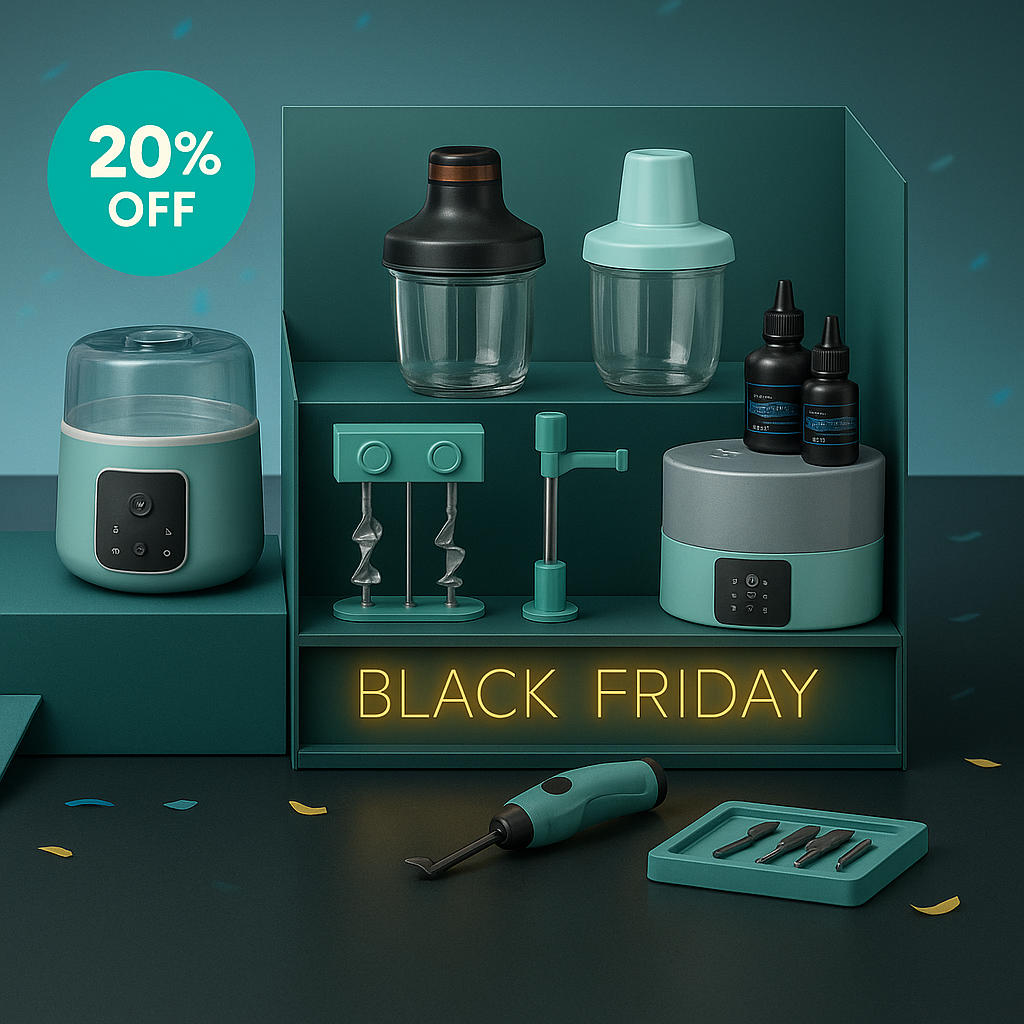
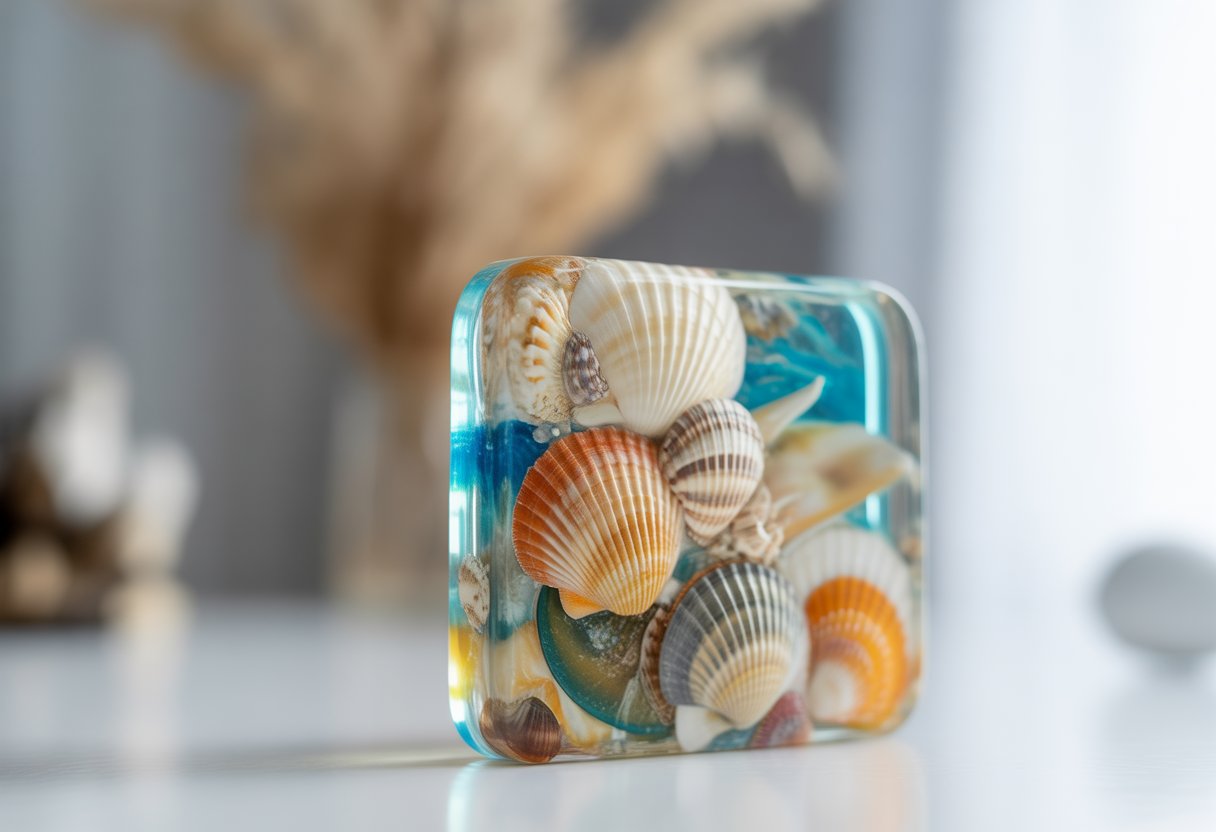

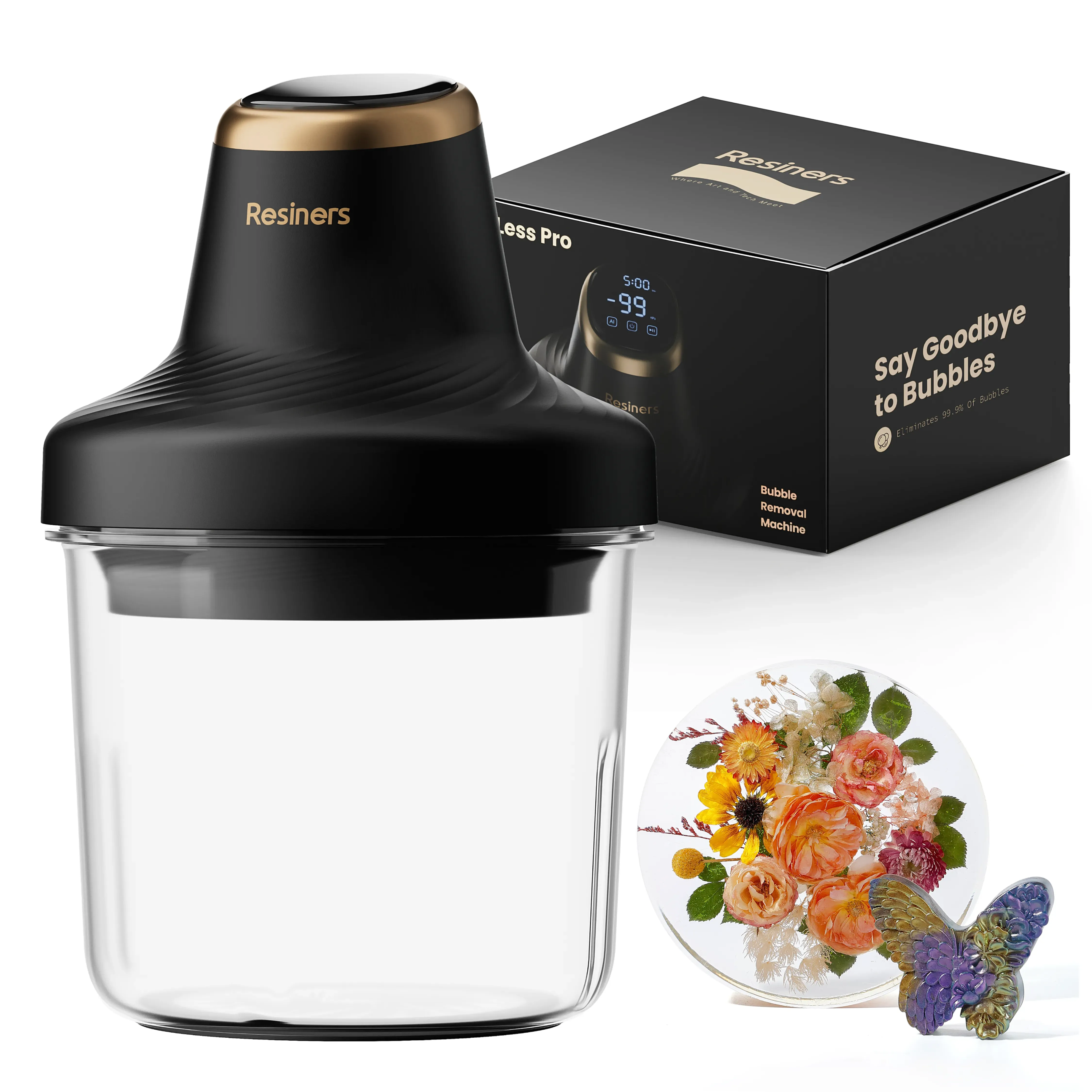
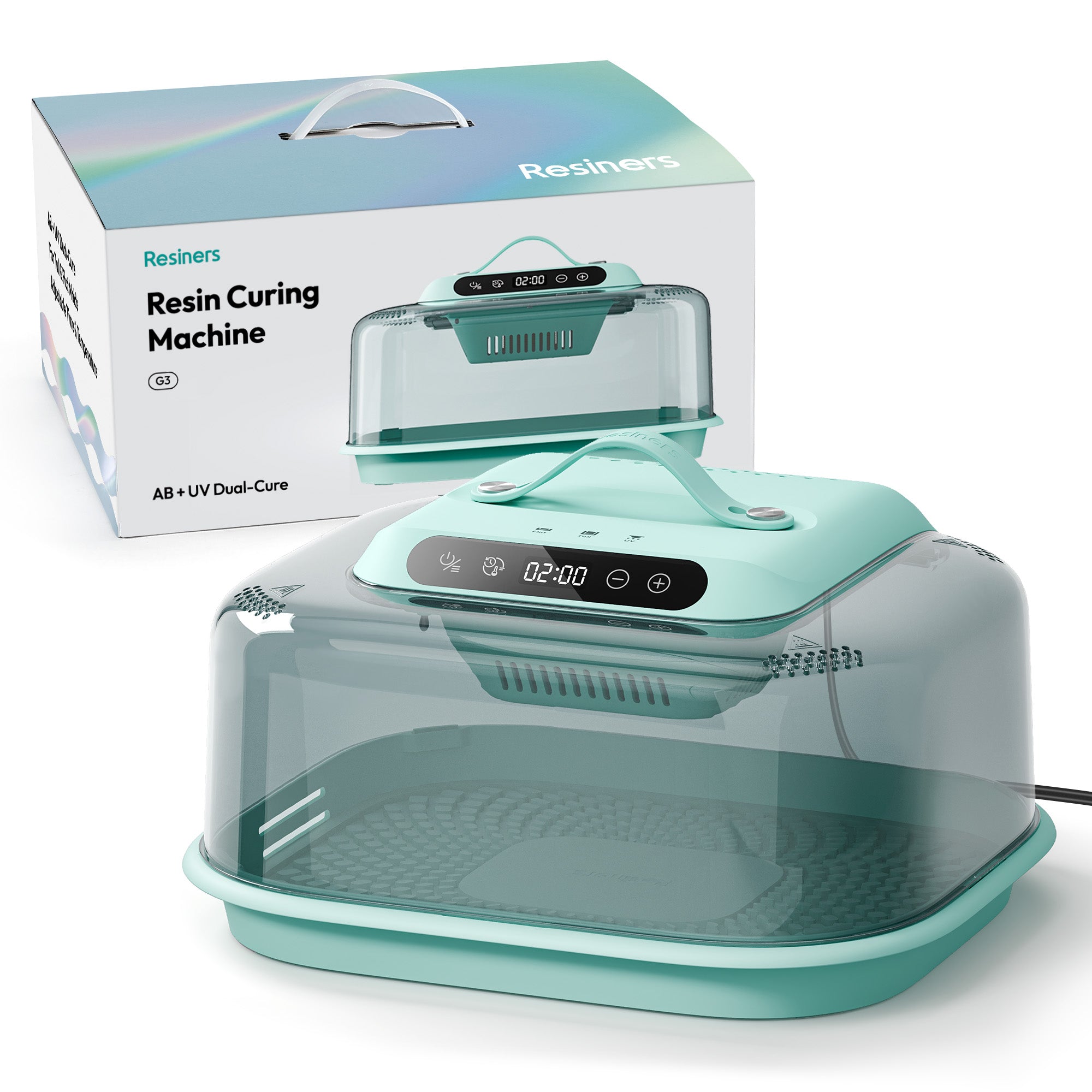

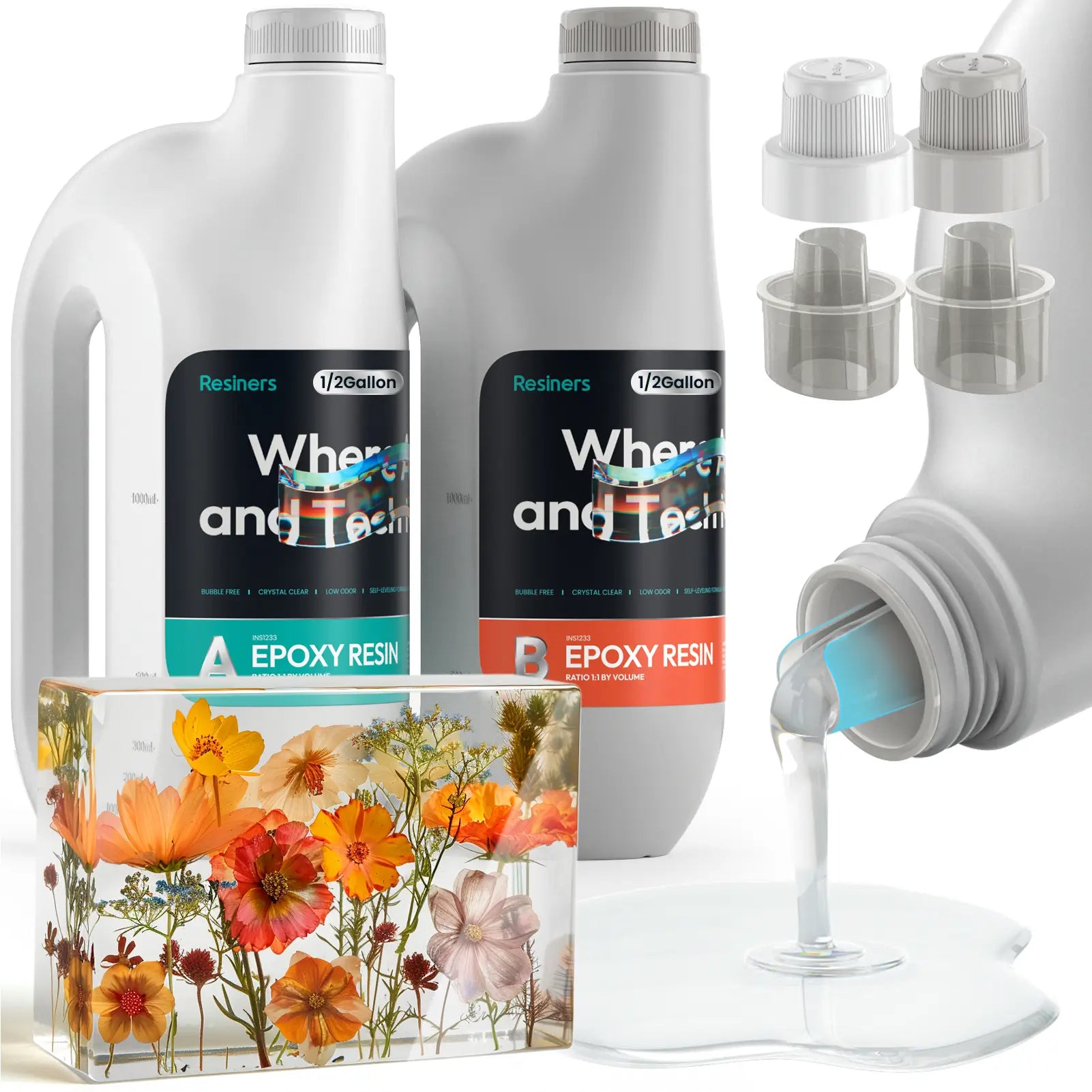
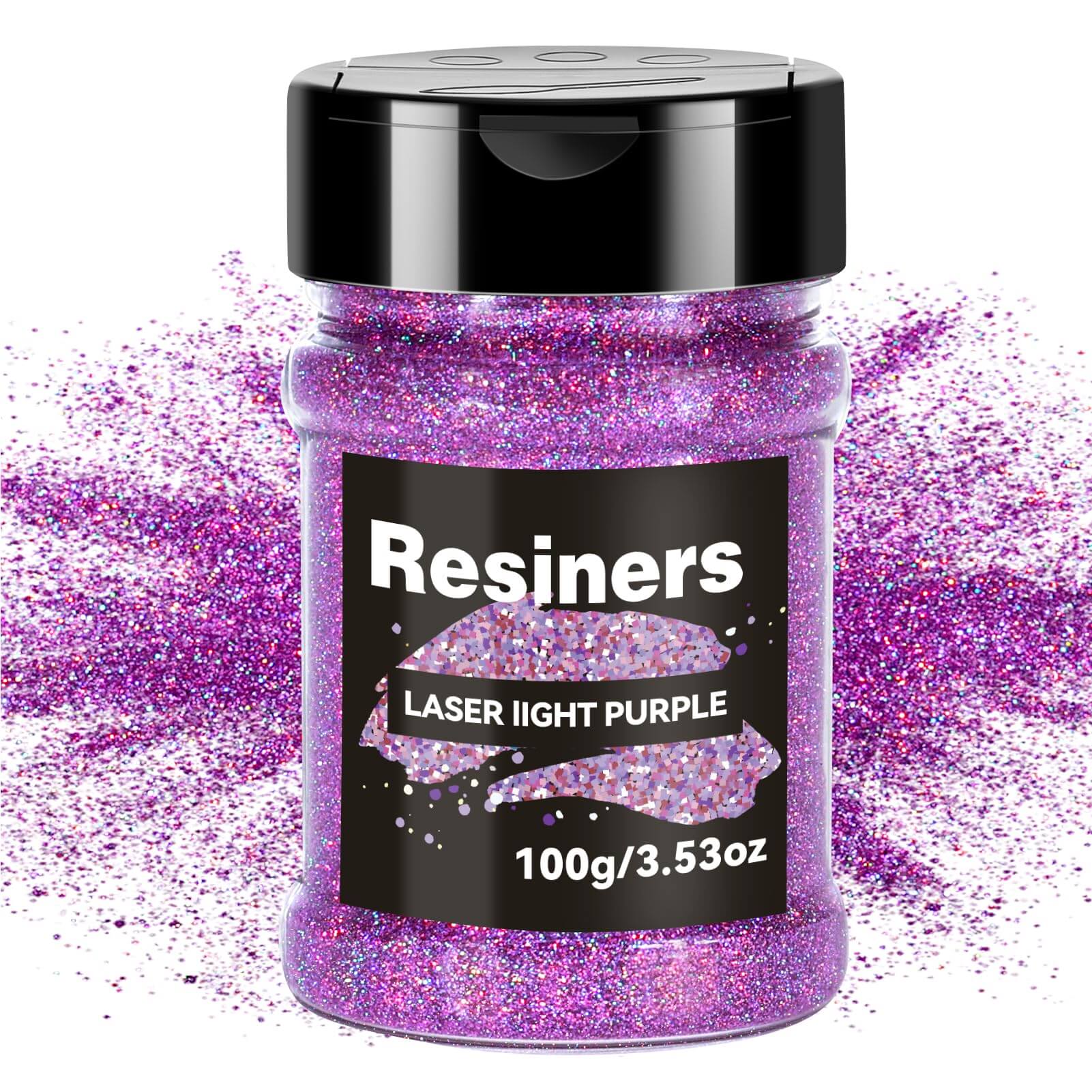
Laisser un commentaire
Ce site est protégé par hCaptcha, et la Politique de confidentialité et les Conditions de service de hCaptcha s’appliquent.